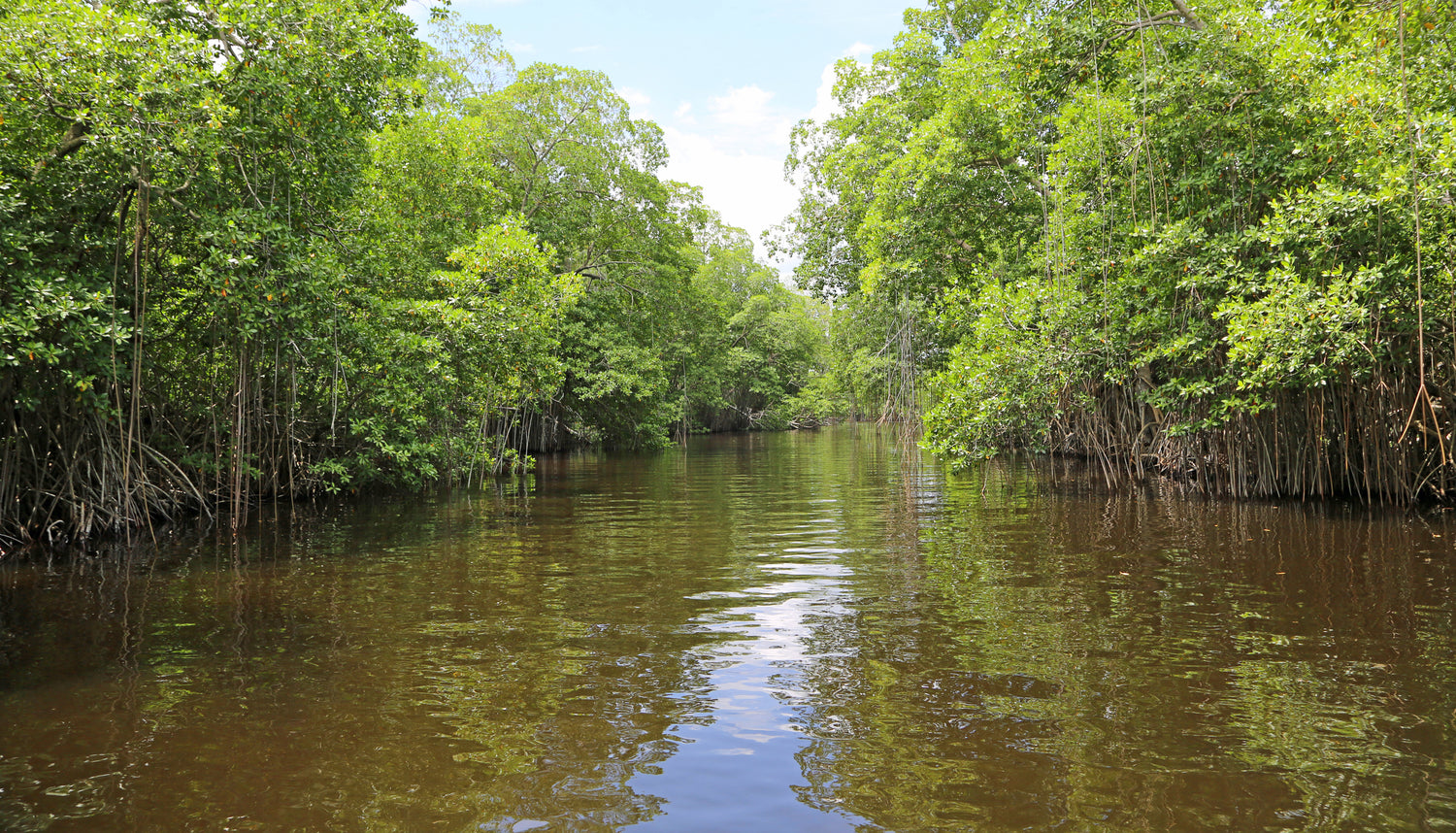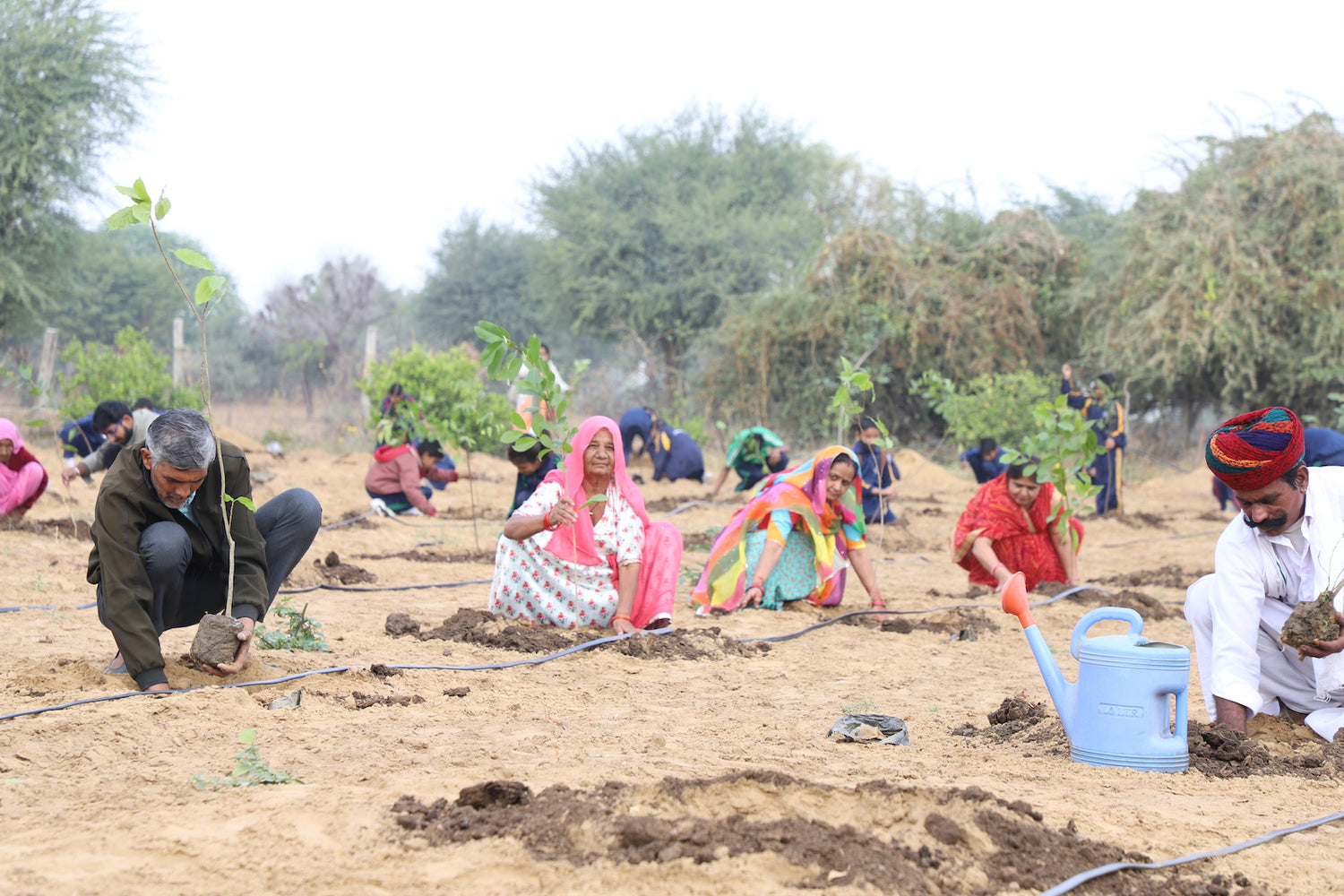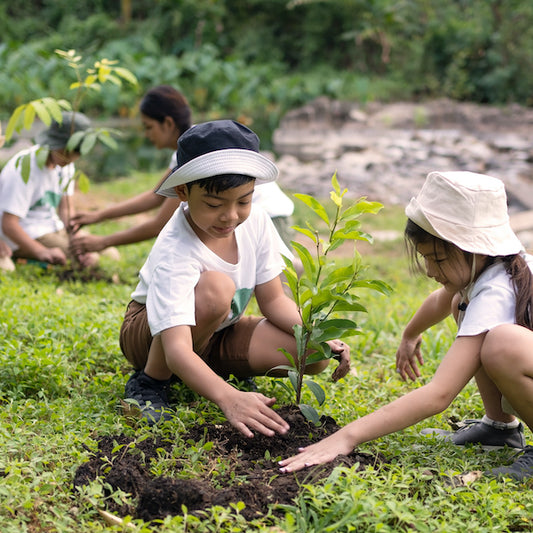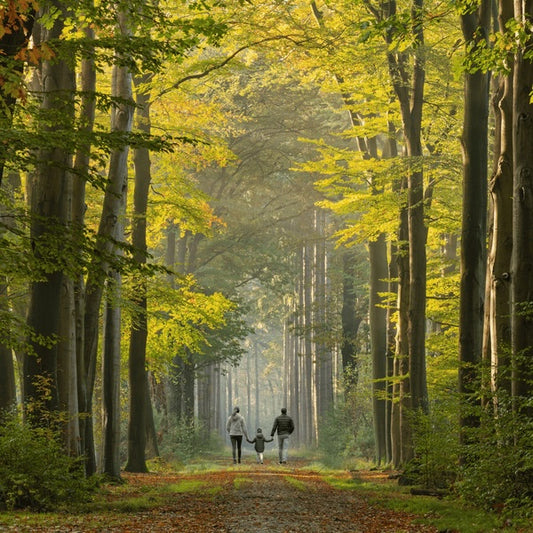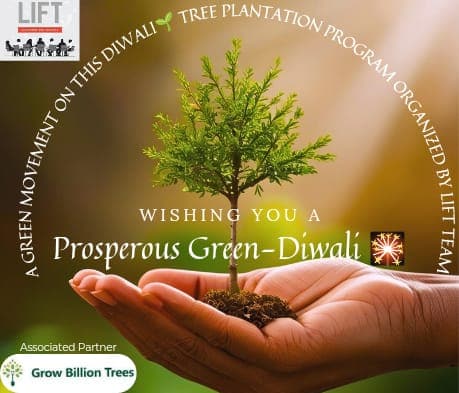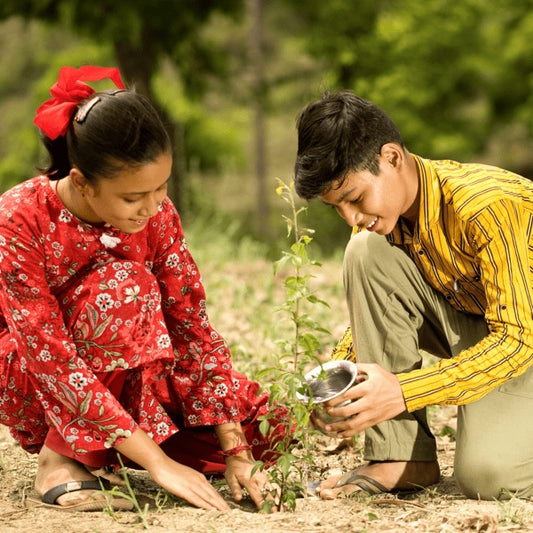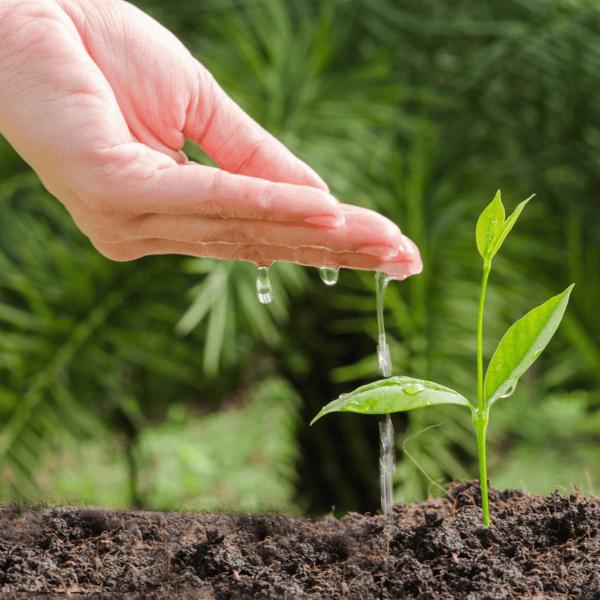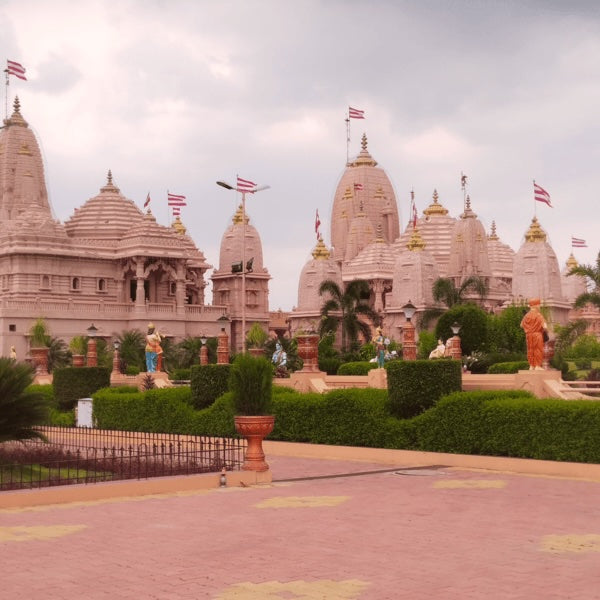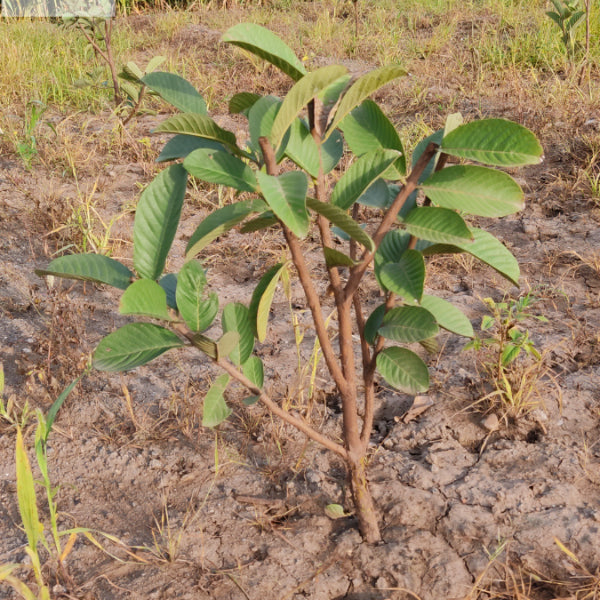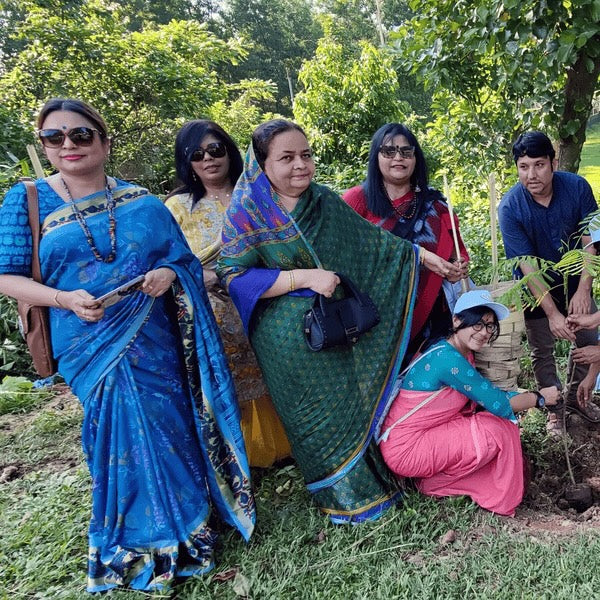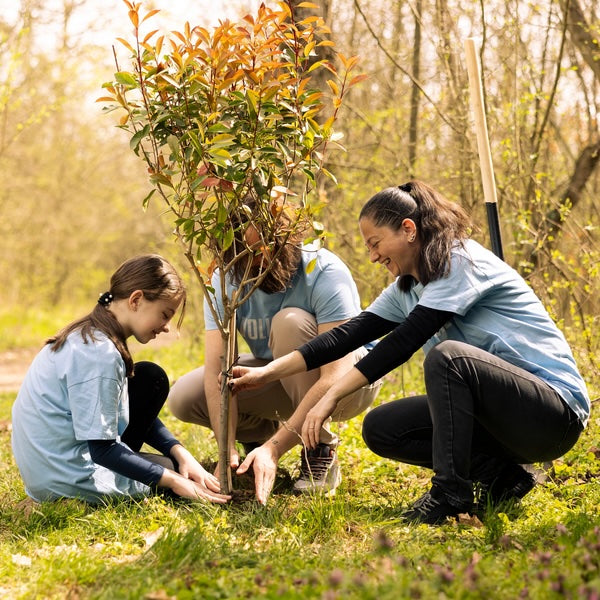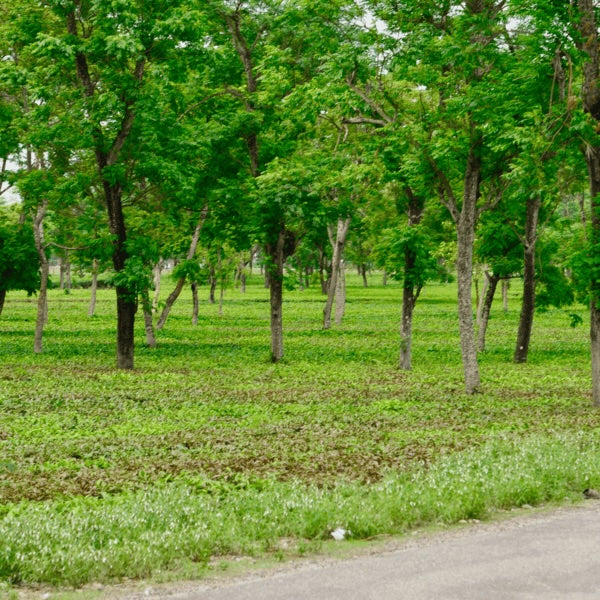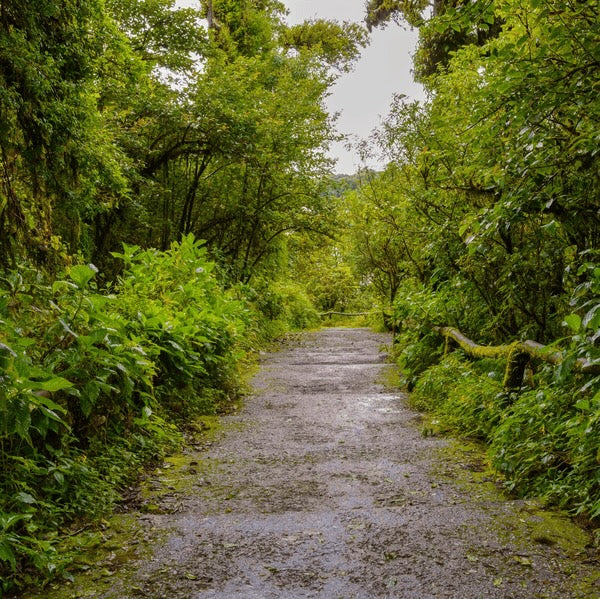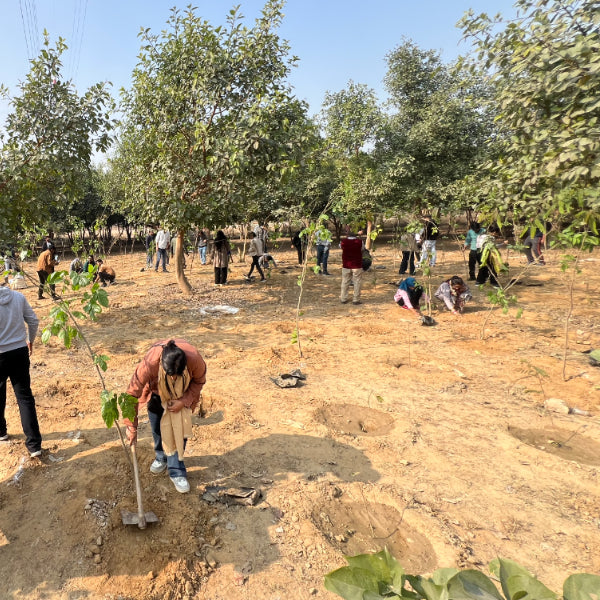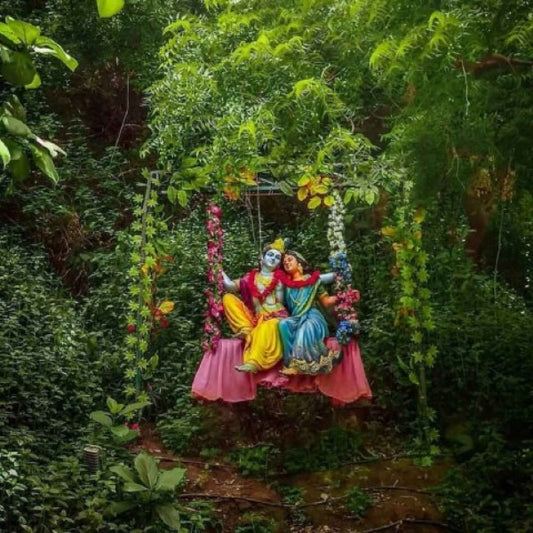Mangrove Krishna Delta: Nature’s Fortress Along the Coast
The Mangrove Krishna Delta, located in the southeastern part of India, is a vital ecological zone that serves as a natural fortress against coastal er Read more
Connect with us
-
👥 Corporates
If you are looking for:
- 🌲 Tree Plantation Events
- 📊 CSR Projects
📧 corporate@growbilliontrees.com
📞 +91 9699723523
💬 +91 9325931304 WhatsApp (Only)
🕒 Mon - Sat | 10am - 7pm IST
-
🧩 Tree Plantation NGOs
If you are looking for:
- 💰 Financial Assistance
- 🤝 Operational Support
📧 support@growbilliontrees.com
📞 +91 9699723523
💬 +91 9325931304 WhatsApp (Only)
🕒 Mon - Sat | 10am - 7pm IST
-
🌼 Individuals
If you are looking for:
- 👥 Group Tree Plantation Drive
- 🌳 Bulk Tree Plantation
📞 +91 9699723523
💬 +91 9325931304 WhatsApp (Only)
🕒 Mon - Sat | 10am - 7pm IST
Trending
Trees for Corporates
Mangrove Krishna Delta: Nature’s Fortress Along the Coast
The Mangrove Krishna Delta, located in the southeastern part of India, is a vital ecological zone that serves as a natural fortress against coastal erosion and climate change. This unique ecosystem is characterized by its dense mangrove forests, which play a crucial role in maintaining biodiversity, protecting coastlines, and supporting local communities.
Scientific Significance of the Mangrove Krishna Delta 🌱
Mangroves are salt-tolerant trees that thrive in intertidal zones, and the Krishna Delta is home to several species, including Avicennia marina, Rhizophora mucronata, and Bruguiera gymnorhiza.
These trees are not only essential for carbon sequestration but also provide habitat for a variety of wildlife, including fish, birds, and crustaceans. According to a study published in the journal Nature Climate Change, mangroves can sequester up to 4-5 times more carbon per hectare than tropical forests, making them a critical component in the fight against climate change.
Fun Facts About the Mangrove Krishna Delta 🌏
- The Krishna Delta is one of the largest mangrove ecosystems in India, covering approximately 1,000 square kilometers.
- It is home to over 200 species of birds, including migratory species that visit during the winter months.
- The delta supports local fisheries, providing livelihoods for thousands of families who depend on fishing and aquaculture.
Historical Context 📜
The Krishna Delta has a rich history that dates back centuries. Historically, it has been a significant area for trade and agriculture, with the fertile lands supporting rice cultivation. The mangroves have been revered by local communities for their role in protecting the coastline and providing resources. However, over the years, urbanization and industrialization have threatened this delicate ecosystem, leading to a decline in mangrove cover.
Environmental Impact 🌍
The environmental impact of the Mangrove Krishna Delta is profound. Mangroves act as natural barriers against storm surges, reducing the impact of cyclones and flooding on coastal communities. They also filter pollutants from the water, improving water quality and supporting marine life. The loss of mangroves can lead to increased coastal erosion, loss of biodiversity, and heightened vulnerability to climate change.
Grow Billion Trees Partners: A Commitment to Restoration 🌳🤝
Grow Billion Trees Partners is actively involved in the restoration and conservation of the Mangrove Krishna Delta. Their initiatives focus on planting native mangrove species, educating local communities about the importance of mangroves, and promoting sustainable practices. Through community engagement and collaboration with local governments, they aim to restore degraded areas and enhance the resilience of the ecosystem.
By executing large-scale planting projects, Grow Billion Trees Partners not only contributes to the restoration of the mangrove ecosystem but also creates job opportunities for local residents. Their efforts have led to the planting of millions of trees, significantly increasing the mangrove cover in the region.
Conclusion 🌿
The Mangrove Krishna Delta stands as a testament to nature's resilience and the importance of preserving our ecosystems. With the support of organizations like Grow Billion Trees Partners, there is hope for the restoration and protection of this vital coastal habitat. By raising awareness and promoting sustainable practices, we can ensure that the Mangrove Krishna Delta continues to thrive for generations to come.
Join the movement to protect our planet and support initiatives that promote the growth of mangroves and other vital ecosystems! 🌍💚
Mangrove Ecosystem
Imagine a superhero team of trees, where mangroves wear capes made of salt and mud, standing tall against the tides. This ecosystem is a blend of land and sea, where roots twist and turn like a dance-off between nature and water. It’s a habitat that’s not just a pretty face; it’s a fortress for wildlife, a nursery for fish, and a carbon sink that gives Mother Earth a big hug.
Krishna River
The Krishna River is like the life-giving elixir of the region, flowing with stories and secrets. It meanders through the landscape, nurturing the mangroves and providing a stage for nature’s drama. With its twists and turns, it’s the ultimate storyteller, weaving tales of ancient civilizations and modern-day adventures, all while keeping the mangroves hydrated and happy.
Biodiversity Hotspot
If biodiversity were a party, the Mangrove Krishna Delta would be the VIP section. Home to a dazzling array of flora and fauna, this hotspot is where species come to mingle and thrive. From vibrant birds to elusive reptiles, it’s a melting pot of life that keeps the ecosystem buzzing with energy and excitement, proving that variety is indeed the spice of life.
Coastal Protection
Think of mangroves as nature’s bouncers, standing guard against the relentless waves and storms. They absorb the impact of high tides and storm surges, protecting coastal communities like a trusty umbrella on a rainy day. With their tangled roots and sturdy trunks, they create a buffer that keeps both land and sea safe, ensuring that the coast remains clear for all.
Climate Resilience
In the face of climate change, the Mangrove Krishna Delta is like that friend who always has your back. These resilient trees adapt to rising sea levels and changing weather patterns, proving that they’re not just survivors but thrivers. Their ability to sequester carbon makes them the eco-warriors we need, fighting against the odds to keep our planet cool and collected.
Ecotourism Destination
If you’re looking for a getaway that’s both relaxing and educational, the Mangrove Krishna Delta is the place to be. With its stunning landscapes and rich biodiversity, it’s an ecotourism hotspot that invites adventurers and nature lovers alike. Whether you’re kayaking through the mangroves or birdwatching, you’ll leave with stories that are as rich as the environment itself.
Wildlife Sanctuary
The Mangrove Krishna Delta is like a five-star hotel for wildlife, offering luxurious accommodations in the form of dense mangrove forests. Here, animals roam freely, from playful monkeys to majestic birds, all enjoying the amenities of this natural sanctuary. It’s a place where nature’s guests can unwind, and you might just catch a glimpse of the local residents living their best lives.
Sustainable Fishing
Fishing in the Mangrove Krishna Delta is like dining at a farm-to-table restaurant, where the catch is fresh and the practices are sustainable. Local fishermen know the importance of preserving this delicate ecosystem, ensuring that their livelihoods don’t come at the expense of the environment. It’s a win-win situation where fish populations thrive, and the community enjoys a bountiful harvest.
Mangrove Restoration
Think of mangrove restoration as a nature makeover show, where the goal is to bring back the beauty and functionality of these vital ecosystems. With dedicated efforts from conservationists, the delta is slowly regaining its former glory. It’s a heartwarming journey of resilience, proving that with a little TLC, nature can bounce back and flourish once again.
Saltwater Intrusion
Saltwater intrusion is like an uninvited guest crashing the party, threatening the delicate balance of the delta. As sea levels rise, salty waters creep into freshwater systems, putting stress on both the mangroves and the communities that rely on them. It’s a challenge that requires clever solutions and community action to keep the festivities going without a salty surprise.
Mangrove Conservation
Mangrove conservation is the ultimate team effort, where communities, governments, and NGOs come together to protect these vital ecosystems. It’s like a group hug for the environment, ensuring that future generations can enjoy the benefits of mangroves. With awareness and action, we can all play a part in keeping this natural fortress standing strong against the tides of change.
Ecological Importance
The ecological importance of the Mangrove Krishna Delta is like the secret sauce in a great recipe; it’s what makes everything work harmoniously. These mangroves provide essential services, from filtering pollutants to supporting diverse wildlife. They’re the unsung heroes of the coastal ecosystem, quietly doing their job while we enjoy the beauty and bounty they provide.
You may like
Corporate Plantations
FAQ
What is the Mangrove Krishna Delta?
A natural wonder where the Krishna River meets the Bay of Bengal, creating a lush mangrove ecosystem. It’s like nature’s own fortress, protecting coastlines while providing a home for diverse wildlife. Think of it as Mother Nature’s security system, keeping the coast safe and sound!
Why are mangroves important?
Mangroves are the superheroes of coastal ecosystems! They prevent erosion, provide habitat for wildlife, and even act as carbon sinks. By growing billion trees, we’re not just planting; we’re investing in a greener future. Who knew trees could be so cool
How do mangroves protect the coastline?
Picture a natural barrier against storms and rising tides! Mangroves absorb wave energy and reduce flooding, acting like nature’s buffer. By supporting the growth of these trees, we’re fortifying our coastlines and keeping our shores safe. It’s like building a fortress, but with trees!
What wildlife can be found in the Mangrove Krishna Delta?
From playful otters to majestic birds, the delta is a wildlife buffet! It’s a hotspot for biodiversity, offering a home to countless species. By growing billion trees, we’re ensuring that this vibrant ecosystem thrives. Who wouldn’t want to live in such a lively neighborhood
How can I help protect the Mangrove Krishna Delta?
Join the tree-planting party! Support local conservation efforts, volunteer, or simply spread the word. Every little action counts in preserving this natural treasure. Together, we can grow billion trees and keep the delta thriving. Let’s be the heroes this ecosystem deserves!
What are the threats to the Mangrove Krishna Delta?
Urbanization, pollution, and climate change are the villains in this story. They threaten the delicate balance of the delta’s ecosystem. By growing billion trees, we’re fighting back against these threats and ensuring a sustainable future. It’s time to turn the tide!
Can mangroves help combat climate change?
Absolutely! Mangroves are nature’s carbon-capturing champions. They store carbon dioxide and help mitigate climate change effects. By supporting mangrove restoration, we’re not just planting trees; we’re planting hope for a cooler planet. Let’s grow billion trees and give climate change a run for its money!
What role do mangroves play in local communities?
Mangroves are the unsung heroes for local livelihoods! They provide resources like fish and timber, supporting fishing and tourism industries. By growing billion trees, we’re not just protecting nature; we’re boosting local economies. It’s a win-win for both people and the planet!
How do mangroves contribute to water quality?
Mangroves are nature’s water filters! They trap sediments and pollutants, improving water quality in coastal areas. By supporting mangrove growth, we’re ensuring cleaner waters for both wildlife and humans. Who knew trees could be such great environmentalists
What is the best time to visit the Mangrove Krishna Delta?
Anytime is a good time for a mangrove adventure! However, the cooler months from November to February offer the best weather for exploration. By growing billion trees, we’re ensuring this beautiful destination remains a must-visit. Pack your bags and let’s go!
Are there any eco-tourism opportunities in the Mangrove Krishna Delta?
You bet! Eco-tourism is booming in the delta, with opportunities for bird watching, kayaking, and guided tours. By supporting these activities, we’re promoting conservation while enjoying nature’s beauty. Let’s grow billion trees and make eco-tourism the talk of the town!

